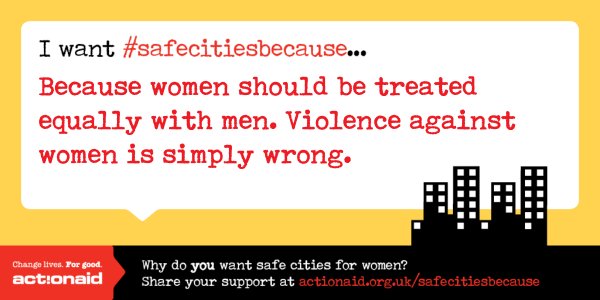Turquoise A. Thomas (Morales), Kansas, USA, SSH Blog Correspondent
Growing up I, like most girls and women, had wholeheartedly internalized the fear of “stranger danger.” So naturally, as I matured and my family allowed me to explore the cities we lived in unattended, I was extremely vigilant. However, like most girls and boys coming into young adulthood, I also felt it was exciting and flattering to occasionally catch the eye of someone who was ‘mutually attractive’. Strolling the mall on a Saturday afternoon with friends, hunting for friendship bracelets at Claire’s, might include a game of seeing how many cute boys we could spot, and in turn, how many would ask for our numbers. We invited these experiences verbally and physically. Some might even argue that we “reverse catcalled” boys of our age.
While my parents, and others always advised my friends I to be wary of strangers, usually older men, there was little to no mention of strangers our own age, whom we often perceived as peers, and thus less threatening. At the time, most of us girls were still physically larger or around the same stature as the boys our age.
Casual conversations with “cute boys” at the mall, bus stops, or other places in the neighborhood led to my peers building their first “real” relationships. I met my first “real” boyfriend, walking to a 7-11 in Inglewood, CA, when I was 17. He was 18. While my experience with him is what I’d call atypical, I had other experiences stemming from what I now understand to have been street harassment. I’d also heard haunting tales of street harassment from peers and continue to hear horrific stories now, ten years later. Today with social media platforms like Snapchat, Instagram, YikYak etc it’s quite easy to share these experiences and the negative experiences easily can spread like wildfire and result in literal organized protests, which I personally welcome.
Street harassment is unavoidable, there is nothing a woman or any other harassment victim can do to ‘avoid’ a perpetrator. In adulthood, my response to inquisitive strangers regardless of their gender or apparent interest in me is much less inviting and quite frankly hostile. Yet still, I occasionally get harassed. When I’m harassed in adulthood it is almost solely by people I regularly see but still am not acquainted with. Strangers rarely say anything to me.
In a recent survey I conducted of women and gender non-conforming, or non-heterosexual individuals, living in Chicago, IL; Wichita, KS; Miami-Dade, FL; and Sacramento, CA, more than 65% said they had been harassed in areas or on routes that they frequented and their harasser was someone they recognized from their daily routines but did not know. This seemingly small finding in my survey led me to look into the research of others on the same topic regarding metropolitan populations. I found that in large cities such as Boston, MA, 87% of those harassed were women, 90% were disabled, 90% were LGBTQ+, and 94% were people of color. Indicative of what I felt I already knew: people harass those that are already systemically disenfranchised. Arguably to remind them of their powerless status in society.
Being in public can result in wonderful and exciting interactions or scary ones. It’s a shame that street harassment has to put so many of us on high alert.
Turquoise is a 26-year-old freelance journalist, a program manager at the Wichita Women’s Initiative Network, and a junior at Wichita State University. She is the founder of SHERO Coalition (SHERO Co) and you can follow her on twitter @anthroisms.

